1. Understand the Application
Before selecting a radiant tube, it's crucial to thoroughly understand the application in which it will be used to maximize heating efficiency.
Operating Temperature Requirements:
The performance and lifespan of radiant tubes vary significantly at different temperatures. High-temperature applications (such as metal processing and furnace heating) typically require heat-resistant materials and higher power output. For example, metal or ceramic radiant tubes are suitable for higher temperatures (e.g., 500°C and above). For lower-temperature requirements (such as greenhouse heating and catering), low-power radiant tubes are sufficient.
Heating Area Size:
Select the radiant tube specification based on the area or volume to be heated. For heating a small area, smaller, lower-power radiant tubes can avoid energy waste. Larger heating areas (such as industrial heating zones) require higher-power, wide-area tubes.
Operating Environment:
The operating environment of a radiant tube should also be considered when selecting it. For example, in humid environments or environments with corrosive gases, conventional radiant tubes may age faster. Therefore, corrosion-resistant materials (such as stainless steel or nickel alloys) and waterproof designs are recommended to prevent damage. Some specialized radiant tubes can operate stably in low-oxygen or high-humidity conditions.
2. Choosing the Right Radiant Tube Type
Different types of radiant tubes have significantly different applications, and choosing the right type can significantly improve energy efficiency.
Metal Radiant Tubes:
Metal radiant tubes are typically used for high-temperature heating. The surface of the metal tube can withstand temperatures exceeding 1000°C, making them suitable for processes such as smelting, drying, and heat treatment. They offer high thermal radiation efficiency and rapid heat transfer, but require special attention to heat dissipation and maintenance.
Ceramic Radiant Tubes:
Ceramic radiant tubes are suitable for medium- and low-temperature heating and are commonly used for indoor heating, home heating, and certain light industrial applications. They offer high thermal conductivity and heat dissipation efficiency, providing stable temperature control. They maintain high efficiency even at lower power levels, making them an energy-efficient option.
Infrared Radiant Tubes:
Infrared radiant tubes transmit heat directly to the object by emitting far-infrared radiation, making them more efficient than traditional heating methods. They can precisely control temperature and reduce unnecessary heat loss. They are suitable for rapidly heating small objects or in industrial applications requiring precise heating (such as glass heating and plastic molding).

3. Consider Power and Energy Efficiency
Power Matching:
The power of a radiant tube must match the heating requirements. Excessive power can waste energy, while insufficient power may not achieve the desired heating effect. When selecting a radiant tube, consider the surface area or volume to be heated and match the appropriate power, typically calculated as the power required per unit area (W/m²). For example, industrial heating may require higher power, while small workshops or studios can use lower-power radiant tubes.
Thermal Efficiency:
The thermal efficiency of a radiant tube is a key indicator of its energy conversion efficiency. High-efficiency radiant tubes convert more electricity or fuel into heat, reducing energy waste and ultimately lowering operating costs. When choosing high-efficiency radiant tubes, designs with advanced coatings or reflective materials can often be selected, which help improve the utilization of radiant heat energy.
4. Material and Durability
Corrosion and Wear Resistance:
Radiant tubes may be affected by multiple factors over time, such as high temperatures, chemical gases, and humidity. Therefore, the corrosion, oxidation, and wear resistance of the material are crucial. For example, if radiant tubes are used in chemical plants or outdoor environments, corrosion resistance is particularly critical. Materials such as stainless steel and titanium alloys can effectively extend the tube's service life.
Reflective Coating:
Some radiant tubes use reflective coatings (such as aluminum or ceramic coatings) that reflect heat and prevent waste. This coating can help the tube's heat energy be more concentrated, thereby improving heating efficiency. For example, radiant tubes with reflective coatings typically concentrate heat more quickly during the heating process, increasing heating speed and efficiency.
5. Regular Maintenance and Cleaning
Although radiant tubes are highly efficient, they require regular cleaning and maintenance to maintain efficient operation.
Dust and Dirt:
Dust and dirt accumulated on the surface of radiant tubes can hinder heat radiation and reduce heating effectiveness. Therefore, regular cleaning of the radiant tube surface to ensure it is free of foreign matter is crucial for maintaining high thermal efficiency.
Inspecting for Aging and Wear:
Over time, the material of radiant tubes may age, developing cracks, corrosion, and other symptoms. Therefore, regularly inspecting the external condition of the radiant tubes and promptly replacing any problematic components will ensure the system remains efficient.
6. Energy-saving Control System Integration
The energy-saving control system intelligently adjusts the operating state of the radiant tubes based on real-time temperature requirements, thereby improving energy efficiency.
Intelligent Temperature Control:
The intelligent temperature control system dynamically adjusts the power output of the heating tubes based on actual demand. It automatically reduces the power output when the temperature is too high and increases it when the temperature is too low, effectively avoiding ineffective heating and energy waste.
Timer:
The energy-saving control system can also be configured with a timer function, such as automatically shutting off the radiant tubes during periods when heating is not required (such as at night or on weekends), thus avoiding unnecessary energy consumption.
7. Consider the Installation Position of the Radiant Tubes
Installation Angle and Orientation:
The installation angle and orientation of the radiant tubes directly affect the heating effect. Radiant tubes should be oriented toward the areas requiring heating to avoid heat waste. Improper installation can result in overheating in some areas and uneven heating in others.
Preventing Heat Loss:
During installation, factors that prevent heat loss should also be considered, such as selecting appropriate insulation materials and avoiding ineffective heat dissipation paths around the radiant tubes. This will help improve the heating efficiency of the radiant tubes.


 English
English русский
русский عربى
عربى

.jpg)
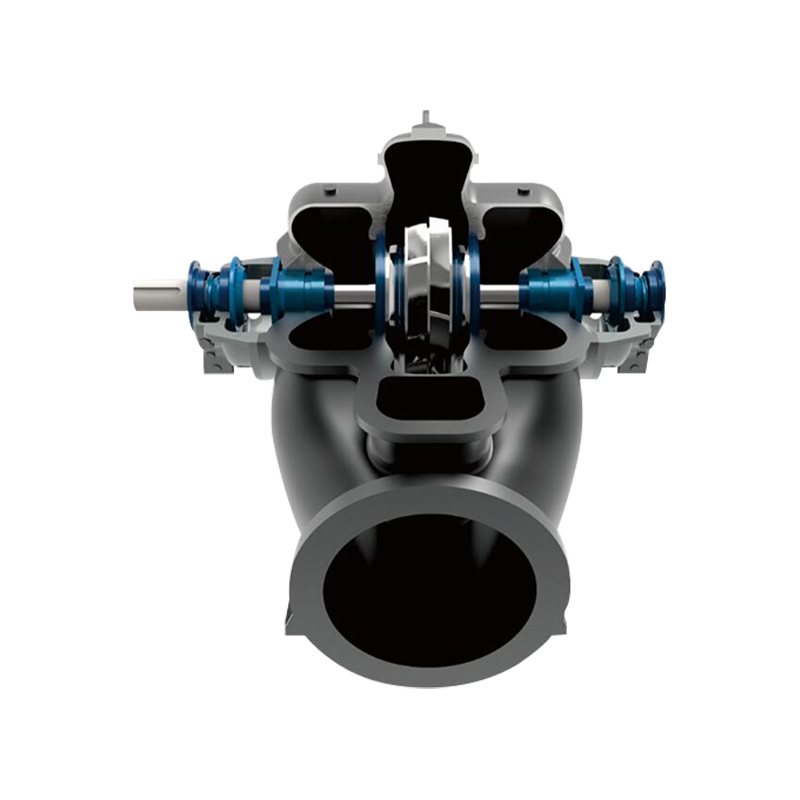
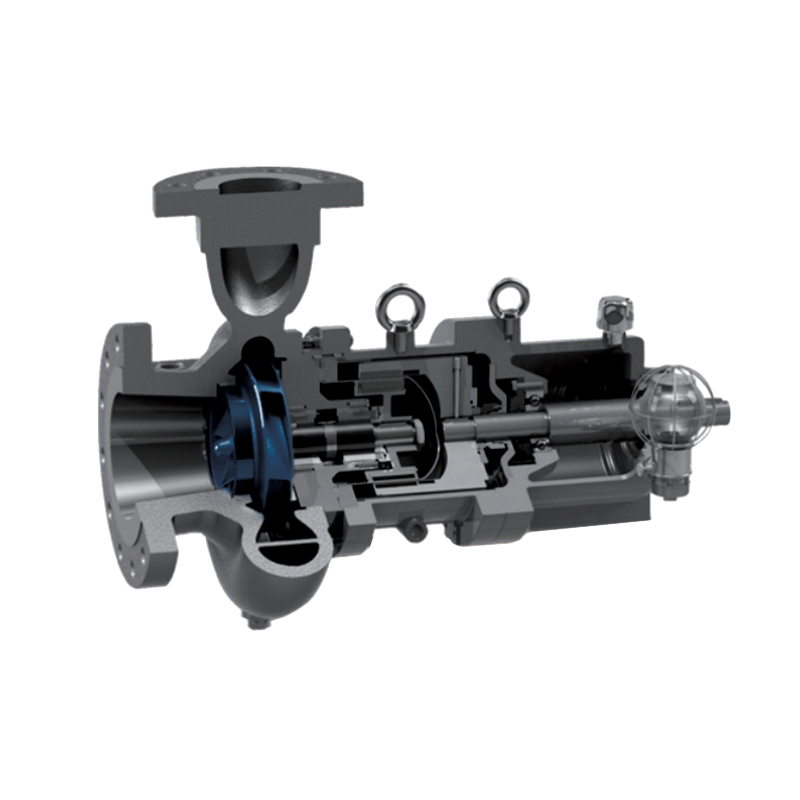
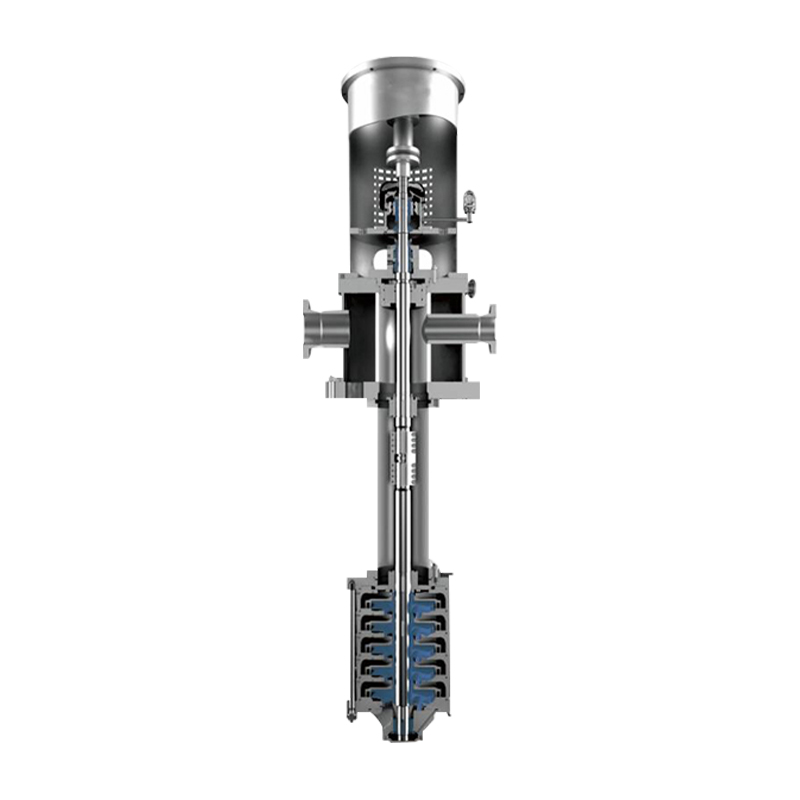
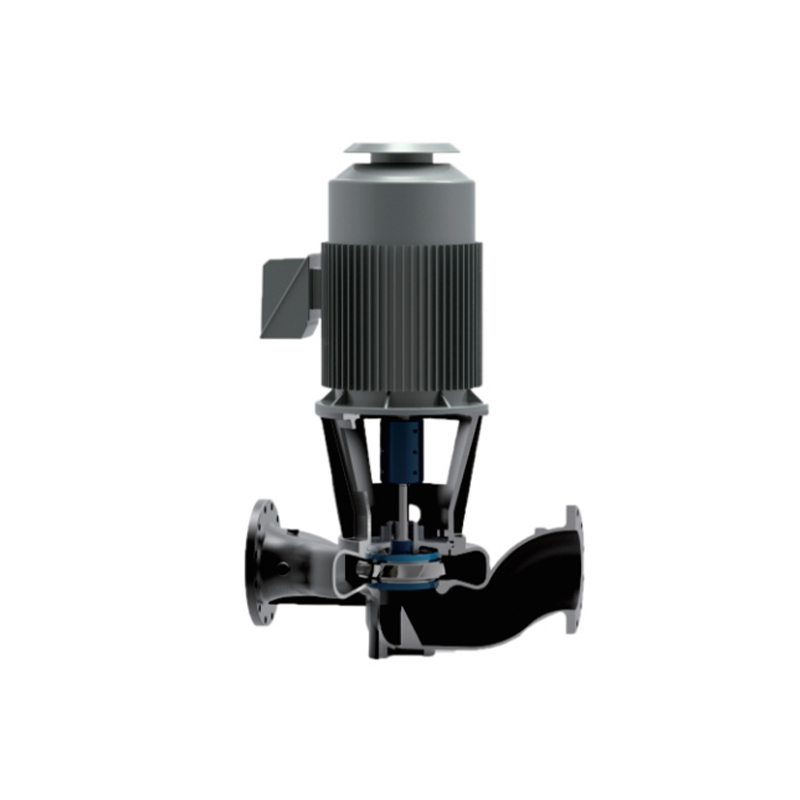

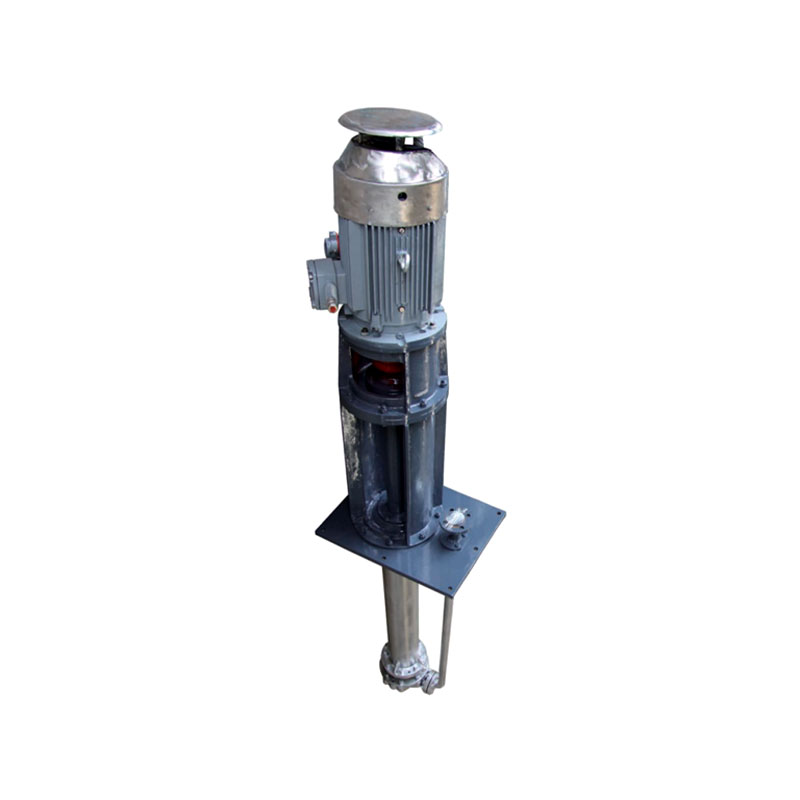
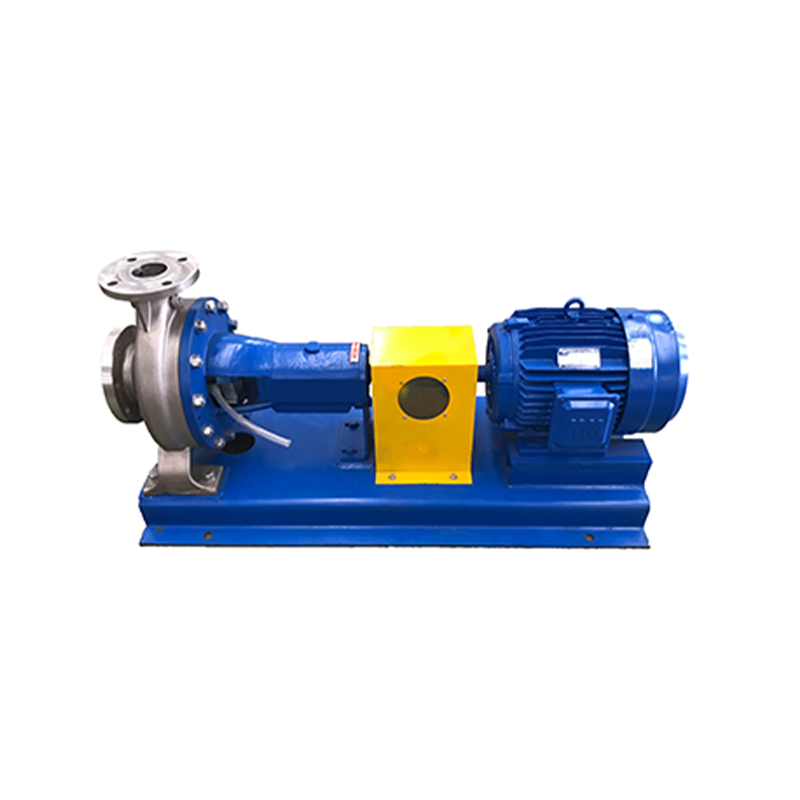

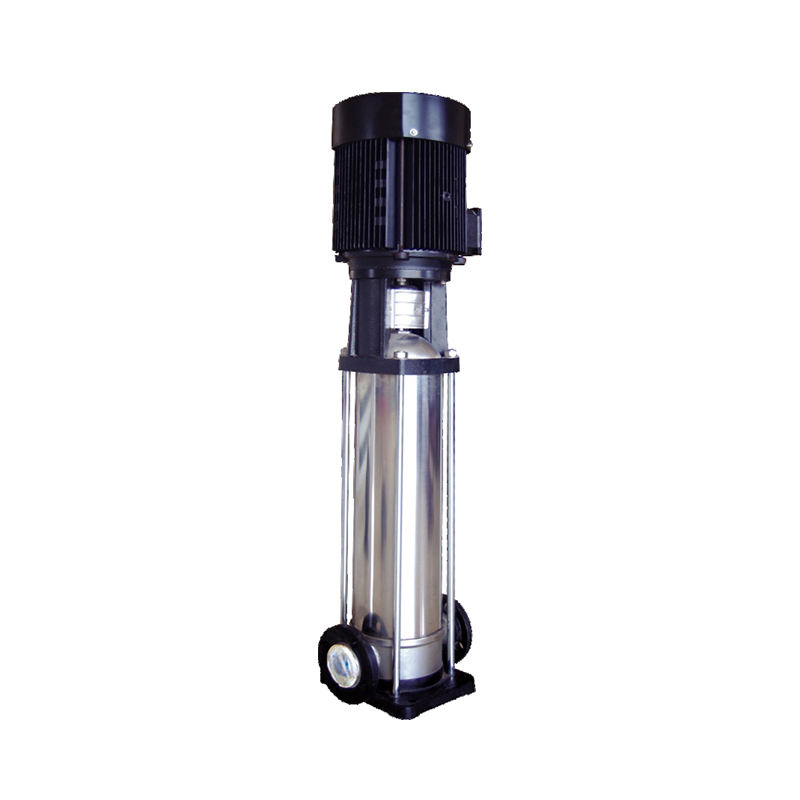






 ENG
ENG

 TOP
TOP